Photographic Possibilities
FOURTH EDITION
The long-awaited new edition of this seminal text features clear, reliable, step-by-step instructions on innovative alternative and traditional photographic processes. Over and above a full update and revision of the technical data, there are new sections on digital negative making, electrophotography, and self-publishing. Foremost practitioners, including Edward Bateman, Dan Burkholder, Tom Carpenter, Mark Osterman, France Scully Osterman, Jill Skupin Burkholder, Brian Taylor, and Laurie Tmer, have contributed their expertise to this edition. Perfect for practitioners or students of handmade photography, the book covers classic black-and-white film and paper processes, hand-coated processes like Cyanotype, and Platinum/Palladium. Also featured is an enhanced section on gum bichromate, invaluable instruction on workflow, and the integration of digital, promoting the effective union of one's concepts, materials, and processes. The book showcases work and commentary from more than 150 international artists.
Robert Hirsch is an artist, writer, and the director of Light Research (www.lightresearch.net). His books include Seizing the Light: A Social & Aesthetic History of Photography, Light and Lens: Photography in the Digital Age, Photographic Possibilities: The Expressive Use of Concepts, Equipment, Materials, and Processes, Exploring Color Photography: From Film to Pixels, and Transformational Imagemaking: Handmade Photography from 1960 to Now. Hirsch is a former Associate Editor for Digital Camera and Photovision magazines, and a contributor to Afterimage, Exposure, History of Photography, The Photo Review, Photo Technique, and World Book Encyclopedia as well as former Director of CEPA Gallery. He has published scores of articles about visual culture and interviewed numerous eminent imagemakers. Hirsch's work has been internationally exhibited in over 200 solo and group shows.
Photographic Possibilities
The Expressive Use of Concepts, Ideas, Materials, and Processes
FOURTH EDITION
Robert Hirsch
Fourth edition published 2018
by Routledge
711 Third Avenue, New York, NY 10017
and by Routledge
2 Park Square, Milton Park, Abingdon, Oxon OX14 4RN
Routledge is an imprint of the Taylor & Francis Group, an informa business
2018 Taylor & Francis
The right of Robert Hirsch to be identified as the author of this work has been asserted by him in accordance with sections 77 and 78 of the Copyright, Designs and Patents Act 1988.
All rights reserved. No part of this book may be reprinted or reproduced or utilised in any form or by any electronic, mechanical, or other means, now known or hereafter invented, including photocopying and recording, or in any information storage or retrieval system, without permission in writing from the publishers.
Trademark notice: Product or corporate names may be trademarks or registered trademarks, and are used only for identification and explanation without intent to infringe.
First edition published by Focal Press 2009
Third edition published by Focal Press 2013
Library of Congress Cataloging in Publication Data
A catalog record for this book has been requested
ISBN: 978-1-138-21332-6 (hbk)
ISBN: 978-1-138-99924-4 (pbk)
ISBN: 978-1-315-65793-6 (ebk)
Typeset in Sabon by
Servis Filmsetting Ltd, Stockport, Cheshire
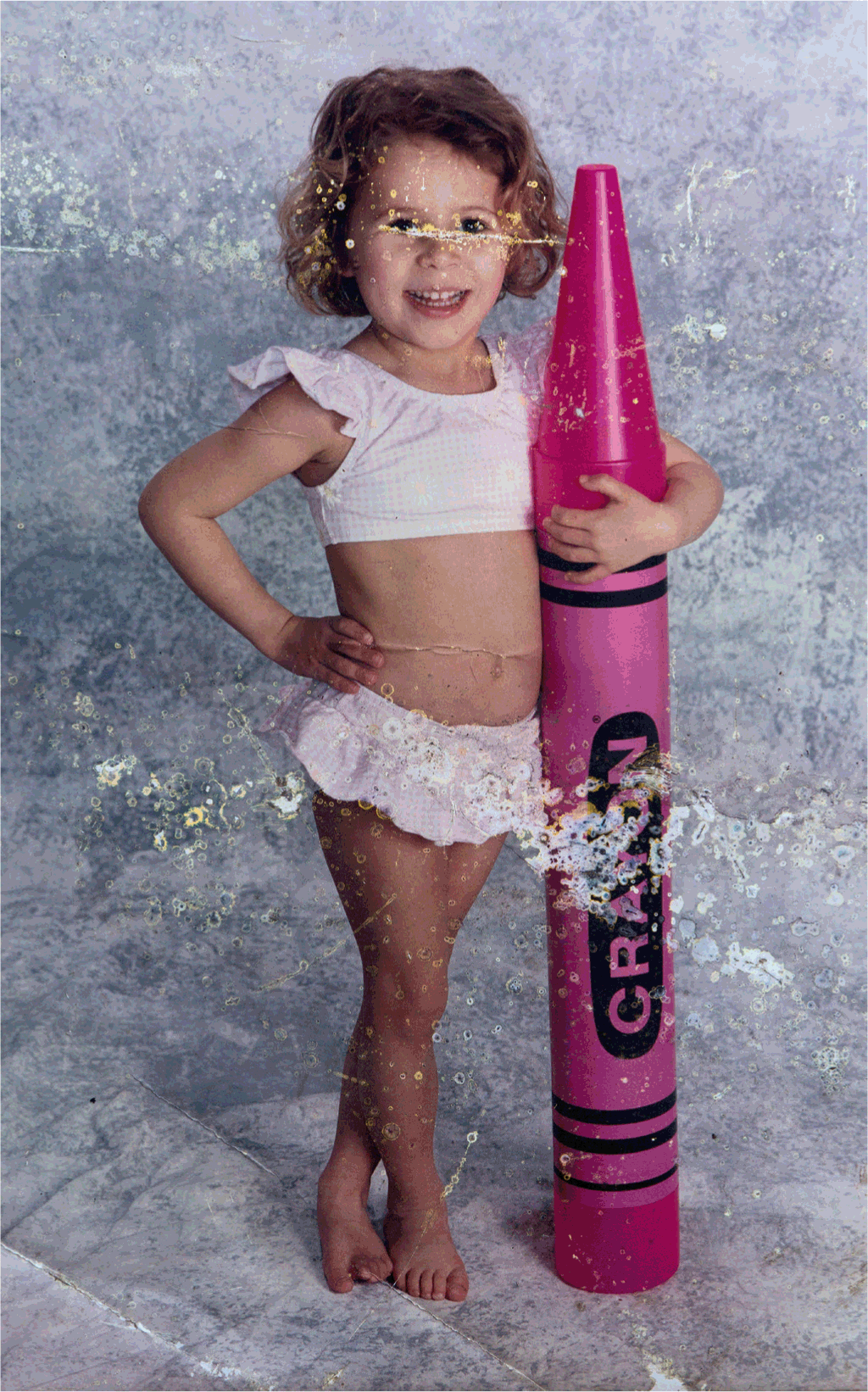
Robert Hirsch. Little Girl with Big Crayon, circa 2000/2015. 20 30 inches. Found, distressed chromogenic color print.
Dedication
To my mother, Muriel Hirsch, for teaching me to read, my wife, Adele Henderson, for teaching me a few other things, and my Keeshond companion, Marty, for brightening every day.
We work in the dark, We do what we can, We give what we have, Our doubt is our passion, And our passion is our task, The rest is the madness of art. Henry James
Table of Contents
In any act, the primary intention of him who acts is to reveal his own image. Dante
Life for a photographer cannot be a matter of indifference and it is important to see what is invisible to others. Robert Frank
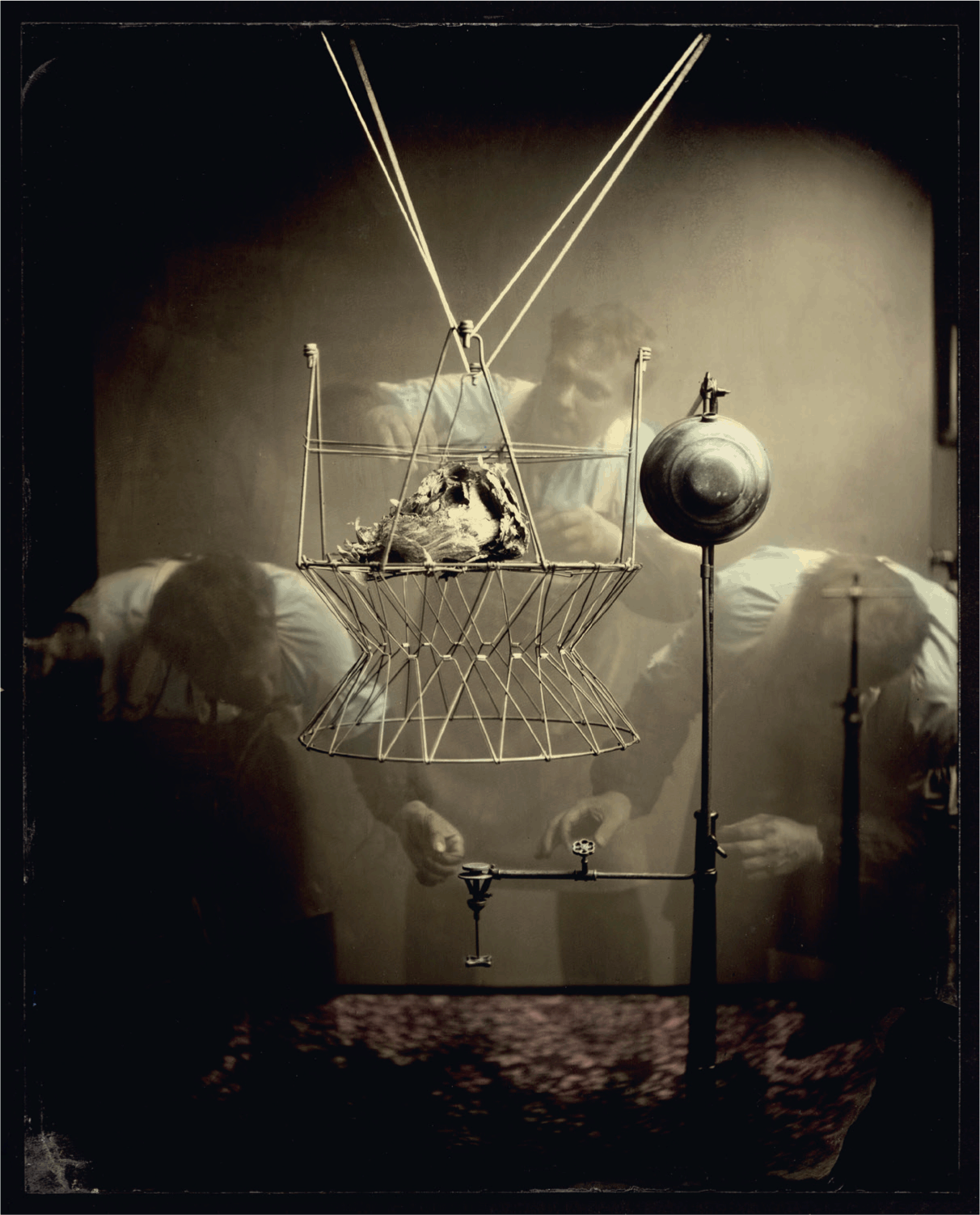
Figure 0.1 Osterman, whose research, teaching, and work has lead to a revival of wet-plate collodion processes, explains: This image captures the spirit of a traveling medicine show that I used to perform from a stage built onto the back of a 1919 Model T Ford. This portrait of myself in the character of Dr. B. Barnabus Bumstead represents a foggy memory of the performance, like telling a story that becomes more embellished every time it's told. This ambrotype, a one-of-a-kind image on glass, is perfectly suited to the
Confidence series. Being reversed, as are all primary camera images, it contributed to create distance from any truthful recollection of the performance or me. The actual ambrotype plate is a deep maroon colored glass that, with careful lighting, helped me to create the chiaroscuro of the piece. The main artifact in the image is a gaslight we used for evening performances. My lighting of the light for the purpose of extracting wasps from a nest is typical of the sort of nonsensical ballyhoo we would do to attract an audience prior to the performance.
Mark Osterman. Paper Wasp Extraction, from the series Confidence, 2001. 10 8 inches. Hand-tinted ruby ambrotype. Courtesy Nelson-Atkins Museum, Kansas City, MO.
Since first appearing in 1990, Photographic Possibilities has become a trusted gateway for those who want to experience and understand innovative ways of thinking about and working with the photographic medium. Over the years, numerous alternative books have come and gone, but Photographic Possibilities continues to motivate imagemakers with its accurate and concise process information and inspiring examples of how artists have expanded the boundaries of the photographic arts. This is because Photographic Possibilities is an idea book as opposed to a cookbook. It has been designed for those who are familiar with the basics of black-and-white photography and are keen to learn about uncommon ways of expanding their visual practice. It lays out pathways for makers who want to actively engage with the photographic process in order to thoughtfully express their concepts and opinions about their subject matter. The fourth edition reinforces this direction with a change in the subtitle to The Expressive Use of Concepts, Equipment, Materials, and Processes.
All imagemakers, even the most gifted ones, can benefit by expanding their knowledge base. Regardless of talent, insightful instruction and endless practice are the forces that produce engaging conceptual work. All makers can benefit from the realization that they can strive to be more than just photographers, becoming artists whose job is to create rather than imitate. They should come to know that inspiration comes from living and observing their life, the real as well as the imagined. One's life experiences are perhaps the most important teacher of all. To this end, experts in various methods have kindly shared their knowledge.

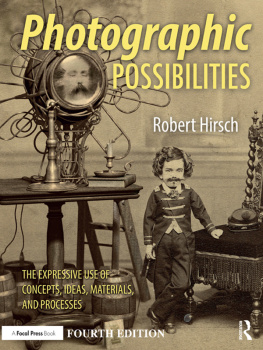
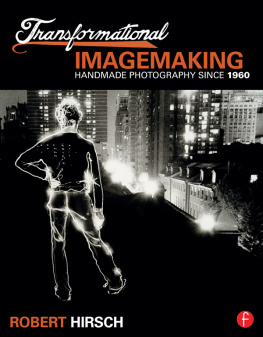

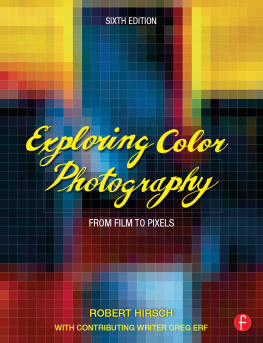
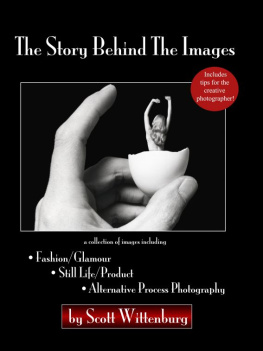
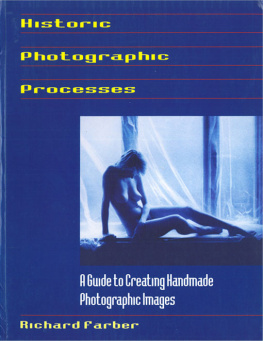
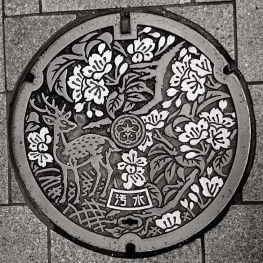
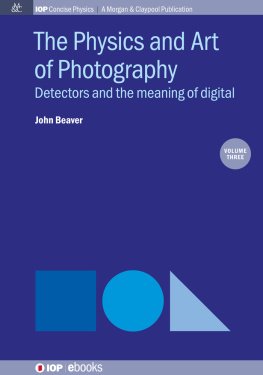
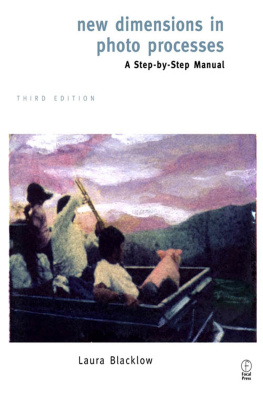
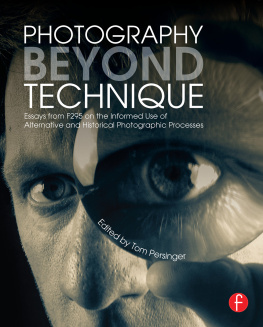
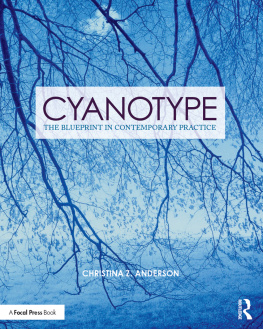

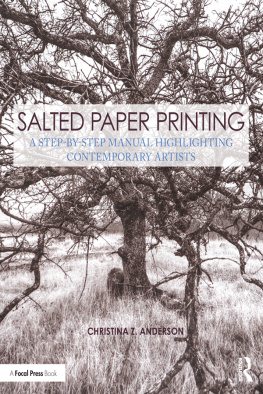
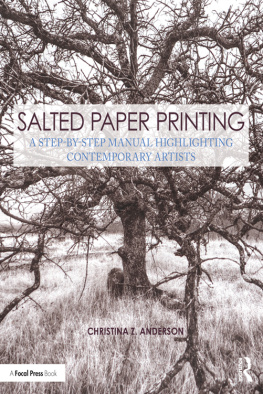



 Figure 0.1 Osterman, whose research, teaching, and work has lead to a revival of wet-plate collodion processes, explains: This image captures the spirit of a traveling medicine show that I used to perform from a stage built onto the back of a 1919 Model T Ford. This portrait of myself in the character of Dr. B. Barnabus Bumstead represents a foggy memory of the performance, like telling a story that becomes more embellished every time it's told. This ambrotype, a one-of-a-kind image on glass, is perfectly suited to the Confidence series. Being reversed, as are all primary camera images, it contributed to create distance from any truthful recollection of the performance or me. The actual ambrotype plate is a deep maroon colored glass that, with careful lighting, helped me to create the chiaroscuro of the piece. The main artifact in the image is a gaslight we used for evening performances. My lighting of the light for the purpose of extracting wasps from a nest is typical of the sort of nonsensical ballyhoo we would do to attract an audience prior to the performance.
Figure 0.1 Osterman, whose research, teaching, and work has lead to a revival of wet-plate collodion processes, explains: This image captures the spirit of a traveling medicine show that I used to perform from a stage built onto the back of a 1919 Model T Ford. This portrait of myself in the character of Dr. B. Barnabus Bumstead represents a foggy memory of the performance, like telling a story that becomes more embellished every time it's told. This ambrotype, a one-of-a-kind image on glass, is perfectly suited to the Confidence series. Being reversed, as are all primary camera images, it contributed to create distance from any truthful recollection of the performance or me. The actual ambrotype plate is a deep maroon colored glass that, with careful lighting, helped me to create the chiaroscuro of the piece. The main artifact in the image is a gaslight we used for evening performances. My lighting of the light for the purpose of extracting wasps from a nest is typical of the sort of nonsensical ballyhoo we would do to attract an audience prior to the performance.